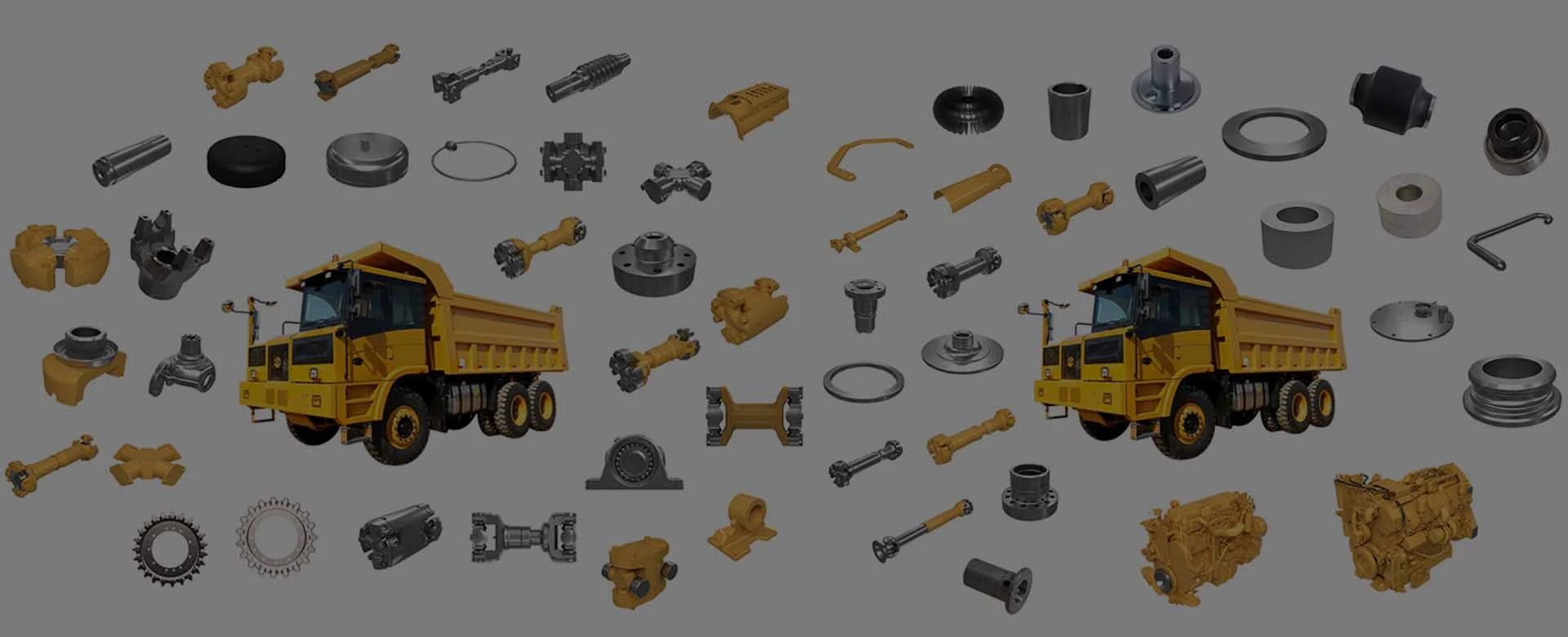
Artificial intelligence is transforming spare parts manufacturing by integrating various production processes into intelligent systems. In the manufacturing of components, it enables intelligent sensing, decision-making, and execution.
In quality inspection, computer vision combined with machine learning is employed to automatically identify defects in spare parts. High-resolution cameras capture images of the parts, and the AI algorithms analyze the images to detect any cracks, surface imperfections, or dimensional deviations.
Blockchain technology offers secure, transparent, and traceable data management in spare parts manufacturing and the supply chain.
Blockchain can optimize the supply chain by improving the visibility and coordination of different stakeholders. Suppliers, manufacturers, distributors, and customers can all access the same blockchain-based information, enabling better planning and inventory management.
Spare parts are designed to last longer by using high-quality materials. These materials are carefully selected to resist wear and tear, reducing the frequency of replacement. A well-constructed piston with a durable coating can operate for a significantly longer time compared to a lower-quality alternative, thereby reducing the overall demand for spare parts and minimizing waste.
Modular designs are increasingly being adopted in spare parts. A modular spare part can be easily replaced or upgraded without having to replace the entire equipment.
Life cycle assessment (LCA) of spare parts involves analyzing the energy consumption and emissions throughout their entire life cycle. This includes the energy used in the extraction of raw materials, manufacturing, transportation, use, and disposal.

